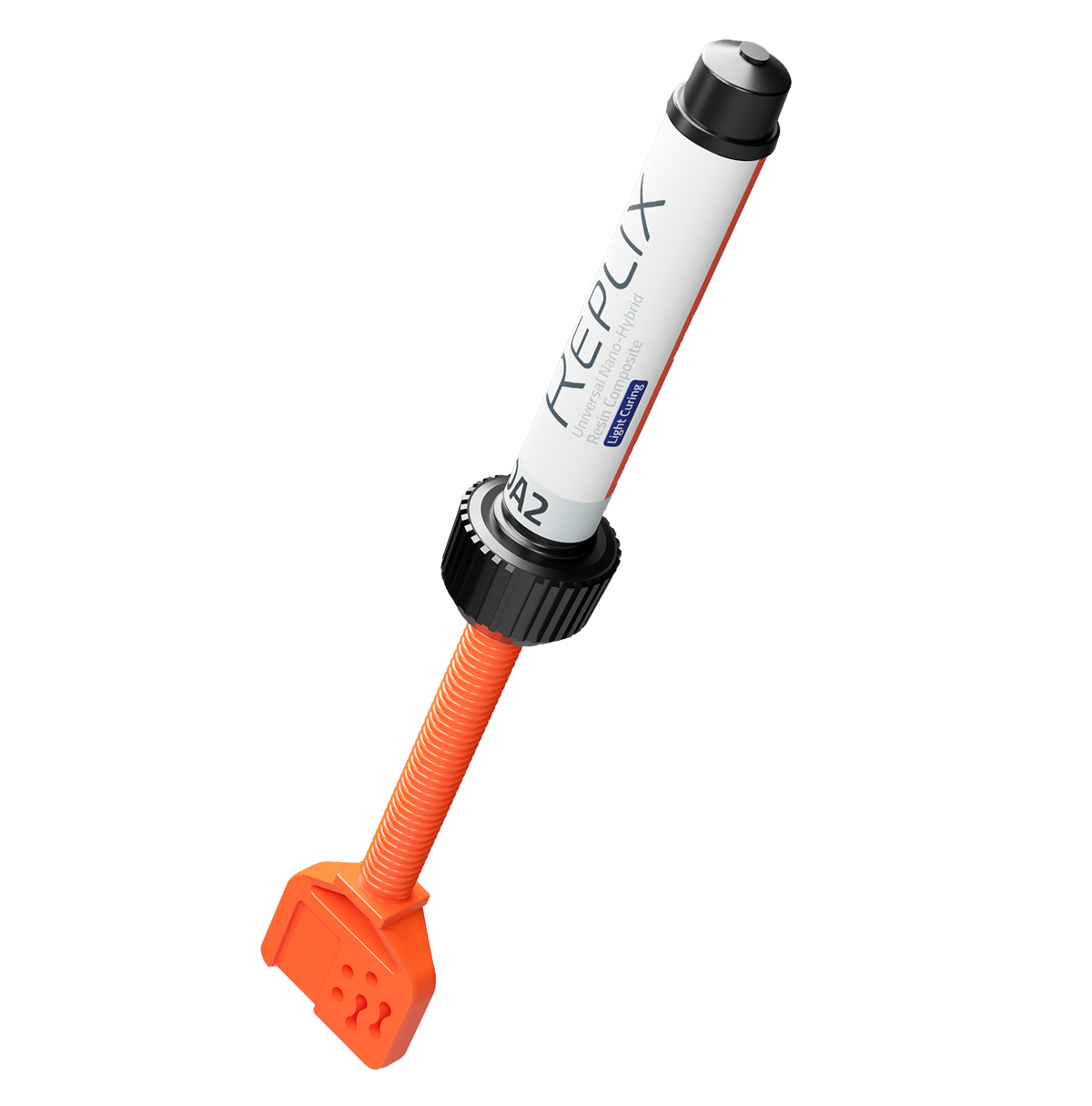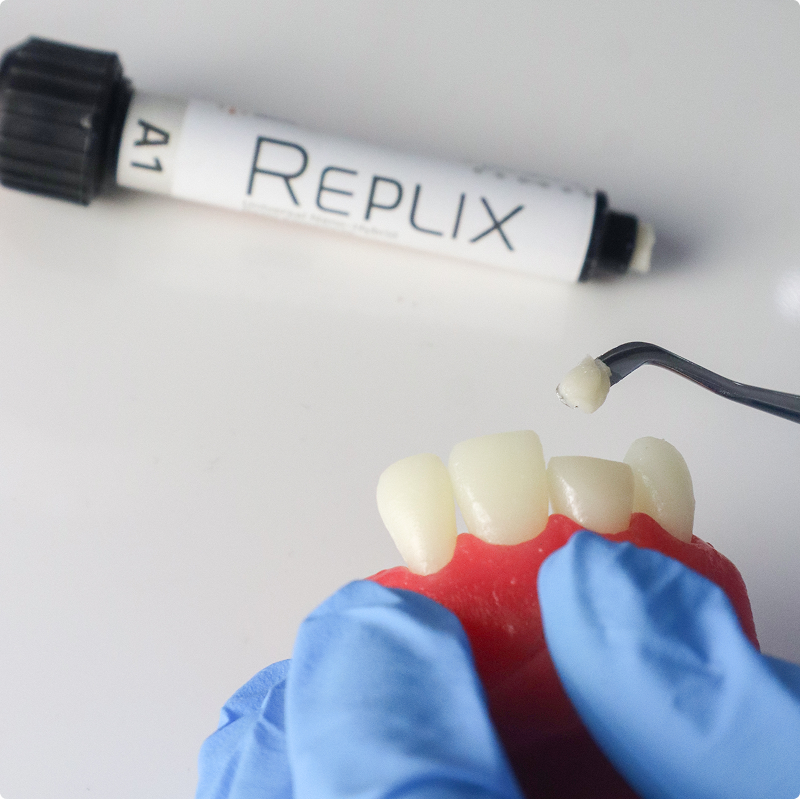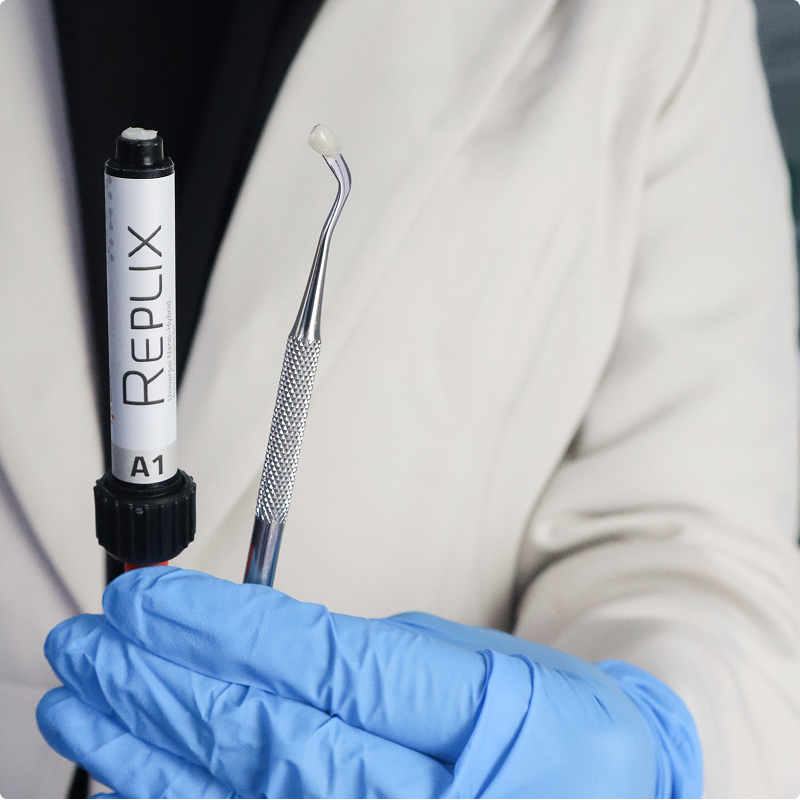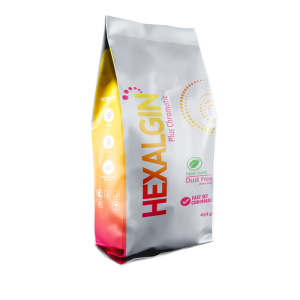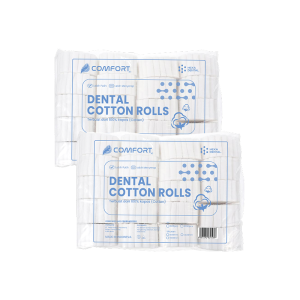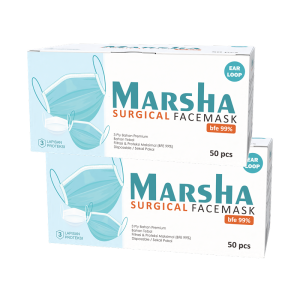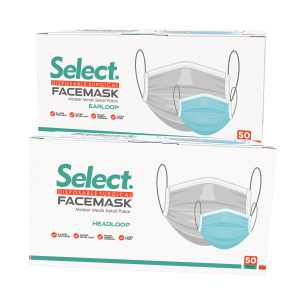Dentine : XW, W, A1, A2, A3, and A3.5
Opaque : OA2, OA3
Incisal : Translucent
Direct anterior/posterior restorations and veneers, Core build ups, Indirect inlays, onlays and veneers, Splinting, Composite and porcelain repair, Sandwich technique with glass ionomers.
- Apply dentin bonding agent according to manufacturer’s instructions.
- Remove cap and turn handle (rod) clockwise to dispense desired amount of composite. Resistance will decrease with each turn.
- Place composite in incremental layers by applying first layer approximately 0.5–1.5 mm thick and light cure. Continue with additions up to 2 mm; light cure after each addition. For light curing with lamp intensity ≥ 800 mW/cm² in wavelength range 385–515 nm, light cure each layer for 10 seconds. Final light cure for 20 seconds is recommended.
- After final layer addition is placed, carve and light cure.
- Shape, finish, and adjust occlusion using preferred method.
- Immediately replace cap after dispensing composite to prevent polymerization from ambient light.
- Make impression of prepared tooth.
- Prepare master cast and opposing cast using selected technique.
- Place composite in incremental layers by applying first layer approximately 0.5–1.5 mm thick and light cure. Continue with additions up to 2 mm; light cure after each addition. For light curing with lamp intensity ≥ 800 mW/cm² in wavelength range 385–515 nm, light cure each layer for 10 seconds. Final light cure for 20 seconds is recommended.
- Use final addition to create proximal contours and ensure marginal adaptation, final light cure for 20 seconds is recommended.
- Remove restoration. Clean remaining cast stone and trim marginal flash remnants. Additions can be made by roughening restoration surface, applying adhesive, and placing composite as needed.
- Sandblast internal aspect of restoration with 50 µm alumina abrasive.
- Attach restoration to master cast, evaluate fit, occlusion, and contour. Shape, finish, and adjust occlusion using preferred method.
- Bond restoration intraorally according to adhesive manufacturer’s instructions.
- After cementation, make necessary occlusal adjustments and polish adjusted surfaces.

